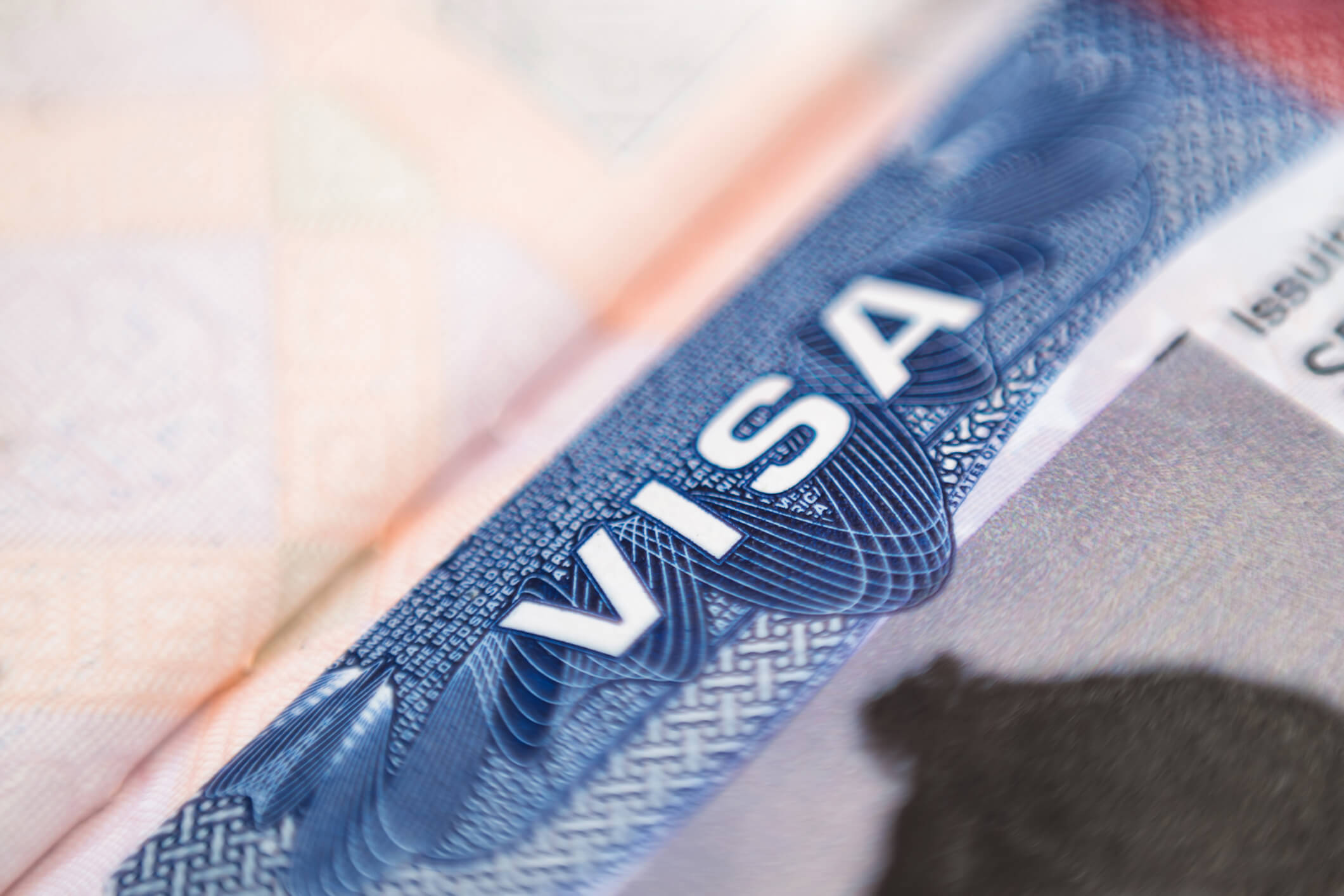The road to a green card is often measured in years rather than months. We have previously reported on and summarized the delays inherent in the green card process, including in the April 2009 issue of the Immigration eAuthority. In that article, we summarized the three steps commonly required for employment-based green card cases: the PERM labor certification, the I-140 Immigrant Petition and the I-485 Adjustment of Status application. Each of these three steps can take a year or longer to process.
Much of the delay in the green card process can come in the final I-485 step and is primarily a result of “green card quotas.” Here is a quick review of how the system works: the applicant’s “priority date” (typically the date of filing the PERM or the I-140 filing date for cases exempt from labor certification) must be “current” for the I-485 to be filed and for the I-485 to be approved. The priority date system is used to manage one’s place in line for the green card, as green cards in employment-based categories (the most common of which are EB1, EB2 and EB3) are subject to worldwide and “per country” annual numerical limitations. For several years, the demand for green cards has far exceeded the allocation and a backlog has developed. The Department of State (DOS) issues a monthly Visa Bulletin to advise applicants of the processing priority dates in various green card categories. For much of 2009, priority dates have gone backwards, or “retrogressed,” as the DOS attempts to process the correct number of green cards as allocated by law. The May 2009 Visa Bulletin showed that the entire 2009 allocation for the third employment-based green card category (for professionals and skilled workers, also known as EB3) has been exhausted. Thus, the category is shown as “unavailable” and will likely remain so until next year’s green card allocation becomes available on October 1.
More recently, the July Visa Bulletin was released and the news is even more dire, particularly for natives of India and China. An official from the DOS reported some pretty grim statistics and a depressing outlook for those waiting for a green card:
- EB3 Worldwide will be unavailable the remainder of this fiscal year. The DOS estimates that, as of October 1, 2009, the EB3 worldwide priority (or “cut-off”) date will be March 1, 2003 and the following cut-off dates could be established: China will be March 1, 2003; India will be November 1, 2001; and Mexico will be March 1, 2003.
- EB2 (Advanced Degree/Exceptional Ability) category for natives of China. As of July 2009, the cut-off date will be January 1, 2000 and the category may become unavailable in August or September of 2009. Like all other countries, China has a limit of 2,800 EB2 numbers available per year plus any unused numbers from EB4, EB5 and EB1 visa numbers. Absent Congressional action, delays are likely to remain for years.
- EB2 (Advanced Degree/Exceptional Ability) category for natives of India. As of July 1, 2009, the cut-off date is January 1, 2000, and the category may become unavailable in August or September of 2009. There are currently approximately 25,000 EB2 India cases which have been reviewed by USCIS and are merely awaiting visa numbers for the “green cards” to be approved. The math does not look good: like all other countries, India has a limit of 2,800 EB2 numbers available per year plus any unused numbers from EB4, EB5 and EB1 visa numbers. The DOS suggested that, without legislative relief, the waiting time for Indian EB2 applicants may even be measured in decades.
- The EB1 (Multinational Manager or Executive/Extraordinary Ability/Outstanding Professor or Researcher) category worldwide will remain current the rest of the fiscal year, but demand is high. The EB1 categories for India and China will be current during the month of July 2009, but could require the establishment of a cut-off date in August or September.
Absent some change in law, possibly as part of a comprehensive immigration reform bill, permanent residence applicants will need to remain patient as they await a potentially lengthy green card process.



